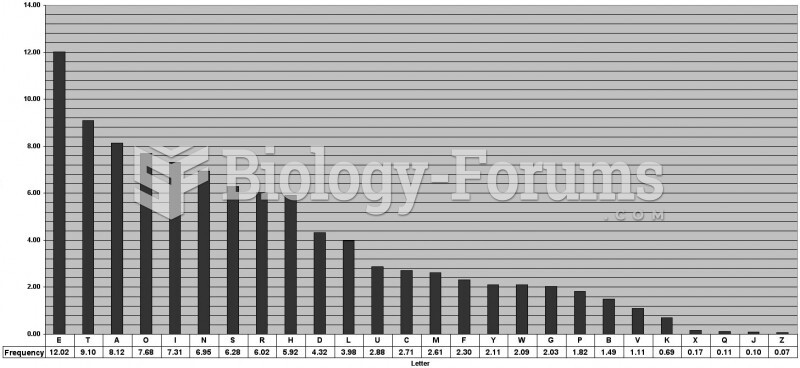|
|
|
Did you know?
The longest a person has survived after a heart transplant is 24 years.
Did you know?
About 600,000 particles of skin are shed every hour by each human. If you live to age 70 years, you have shed 105 pounds of dead skin.
Did you know?
Pregnant women usually experience a heightened sense of smell beginning late in the first trimester. Some experts call this the body's way of protecting a pregnant woman from foods that are unsafe for the fetus.
Did you know?
Thyroid conditions may make getting pregnant impossible.
Did you know?
Asthma cases in Americans are about 75% higher today than they were in 1980.







